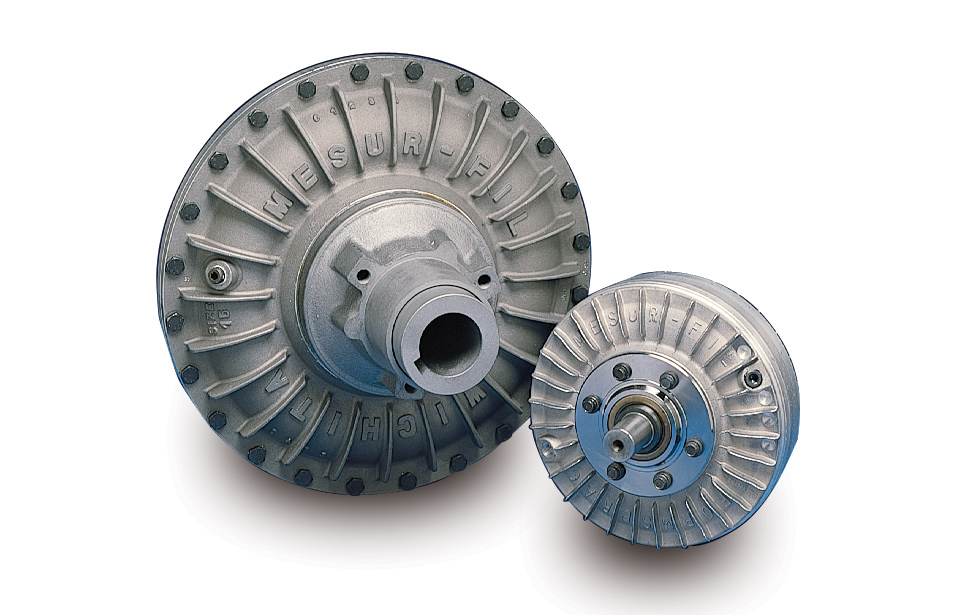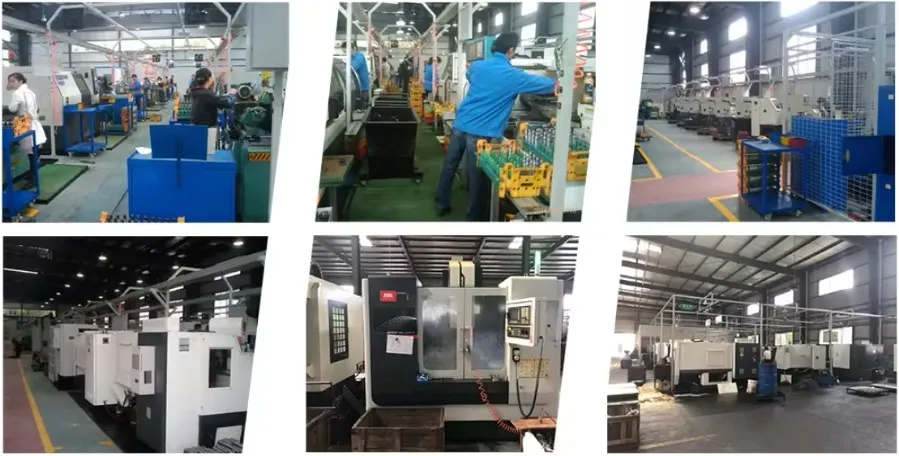Mechanical Coupling for Packaging Machines
Introduction to Mechanical Couplings
Mechanical couplings are pivotal components in packaging machines, serving to connect two rotating shafts to transmit power and motion. These couplings ensure seamless operation and enhance the efficiency of packaging systems by mitigating misalignments and absorbing shocks.
Types of Mechanical Couplings
Mechanical couplings come in varied forms, each designed for specific applications and operational conditions. Common types include rigid couplings, flexible couplings, and fluid couplings. Each type offers distinct advantages depending on the machinery requirements.
Rigid Couplings
Rigid couplings are ideal for applications where precise alignment is paramount. They provide a solid connection between shafts, ensuring there is no backlash and minimal vibration. This type of coupling is extensively used in high-precision packaging machinery.
Flexible Couplings
Flexible couplings accommodate misalignments between shafts, reducing the stress on machinery components. They are essential in packaging machines that experience variable loads and misalignments during operations. Their ability to absorb shocks and vibrations prolongs the life of the machinery.
Fluid Couplings
Fluid couplings use hydraulic fluid to transmit power between shafts. They are particularly advantageous in packaging machines requiring smooth acceleration and overload protection. By allowing controlled slippage, fluid couplings protect the machinery from sudden jerks and overloads.
Key Functions of Mechanical Couplings in Packaging Machines
The primary functions of mechanical couplings in packaging machines include power transmission, compensation for misalignment, vibration damping, and overload protection. These functions are crucial for maintaining the operational integrity and efficiency of packaging systems.
Power Transmission
Mechanical couplings facilitate the transfer of power from the motor to the driven machinery. This ensures that packaging machines operate efficiently, delivering consistent performance even under varying load conditions.
Misalignment Compensation
Misalignments can occur due to installation errors, thermal expansion, or operational stresses. Mechanical couplings compensate for these misalignments, preventing undue wear and tear on the machinery components and ensuring smooth operation.
Vibration Damping
Packaging machines often experience vibrations due to high-speed operations and varying loads. Mechanical couplings absorb these vibrations, minimizing the transmission of vibrations to other machinery parts, thus enhancing the machine’s longevity and performance.
Overload Protection
In the event of sudden load changes or blockages, mechanical couplings protect the machinery by allowing controlled slippage or disengagement. This prevents damage to the machinery and ensures safe operation under adverse conditions.
Materials Used in Mechanical Couplings
High-quality materials such as steel, aluminum, and composite materials are used in manufacturing mechanical couplings. The choice of material depends on the application requirements, including load capacity, operational environment, and desired lifespan.
Design Considerations for Packaging Machine Couplings
Designing mechanical couplings for packaging machines involves addressing factors such as torque requirements, misalignment tolerance, operational speeds, and environmental conditions. These considerations ensure that the couplings deliver optimal performance and reliability.
Maintenance of Mechanical Couplings
Regular maintenance is crucial to ensure the longevity and optimal performance of mechanical couplings. This includes periodic inspections for wear and tear, lubrication of moving parts, and alignment checks to prevent operational disruptions.
Common Problems and Solutions
Common issues with mechanical couplings include wear and tear, misalignment, and vibration-related problems. Solutions involve regular maintenance, proper installation, and timely replacement of worn-out components to ensure continuous and efficient operation.
Future Trends in Mechanical Couplings
Advancements in materials science and manufacturing technologies are driving innovations in mechanical coupling designs. Future trends include the development of smart couplings with embedded sensors for real-time monitoring and predictive maintenance, enhancing the reliability and efficiency of packaging machines.

How does a mechanical coupling work?
Mechanical couplings operate by rigidly or flexibly connecting two shafts, allowing for the transmission of power and torque. They are designed to accommodate various operational conditions, including misalignments, vibrations, and load fluctuations. The coupling mechanisms can include gear teeth, flexible elements, or fluid dynamics to ensure seamless power transfer.

How do I choose a mechanical coupling?
Choosing the right mechanical coupling involves considering several factors:
- Torque Requirements: Assess the torque that needs to be transmitted to ensure the coupling can handle the load without failure.
- Misalignment Tolerance: Determine the expected misalignments (angular, parallel, or axial) and select a coupling that can accommodate these misalignments.
- Operational Speed: Factor in the rotational speed of the shafts to choose a coupling that can operate efficiently at the required speed without excessive wear.
- Environmental Conditions: Consider the operating environment, including temperature, humidity, and exposure to chemicals, and select a coupling made of suitable materials.
- Space Constraints: Evaluate the available space for installation and choose a coupling that fits within the spatial limitations while providing the required performance.

What are the classifications of couplings in mechanical engineering?
Mechanical couplings can be classified into several categories based on their design and application:
- Rigid Couplings: Used for precise alignment with minimal flexibility; ideal for high-precision applications.
- Flexible Couplings: Accommodate misalignments and absorb shocks, suitable for applications with variable loads.
- Fluid Couplings: Utilize hydraulic fluid for smooth power transmission, providing overload protection.
- Magnetic Couplings: Use magnetic fields for contactless power transfer, suitable for sterile or hazardous environments.
- Oldham Couplings: Feature sliding mechanisms to accommodate lateral misalignments, commonly used in packaging machinery.
HZPT, based in Hangzhou, Zhejiang Province, is a modern enterprise integrating R&D, production, and international trade. We uphold the core value of “integrity” and focus on unity, progress, and innovation. Our company specializes in the research and innovation of coupling products, serving customers across Asia, Europe, Africa, and North America. We aim to become a globally influential international group, offering a wide range of couplings including drum couplings, elastic pin couplings, serpentine spring couplings, universal couplings, star couplings, expansion couplings, diaphragm couplings, and tire couplings. Our comprehensive quality management system is certified by CQC, ISO, and CE. We pride ourselves on providing excellent sales service and technical support, collaborating with numerous enterprise partners under the principle of “people-oriented, customer first.” Let’s work together for mutual development.

